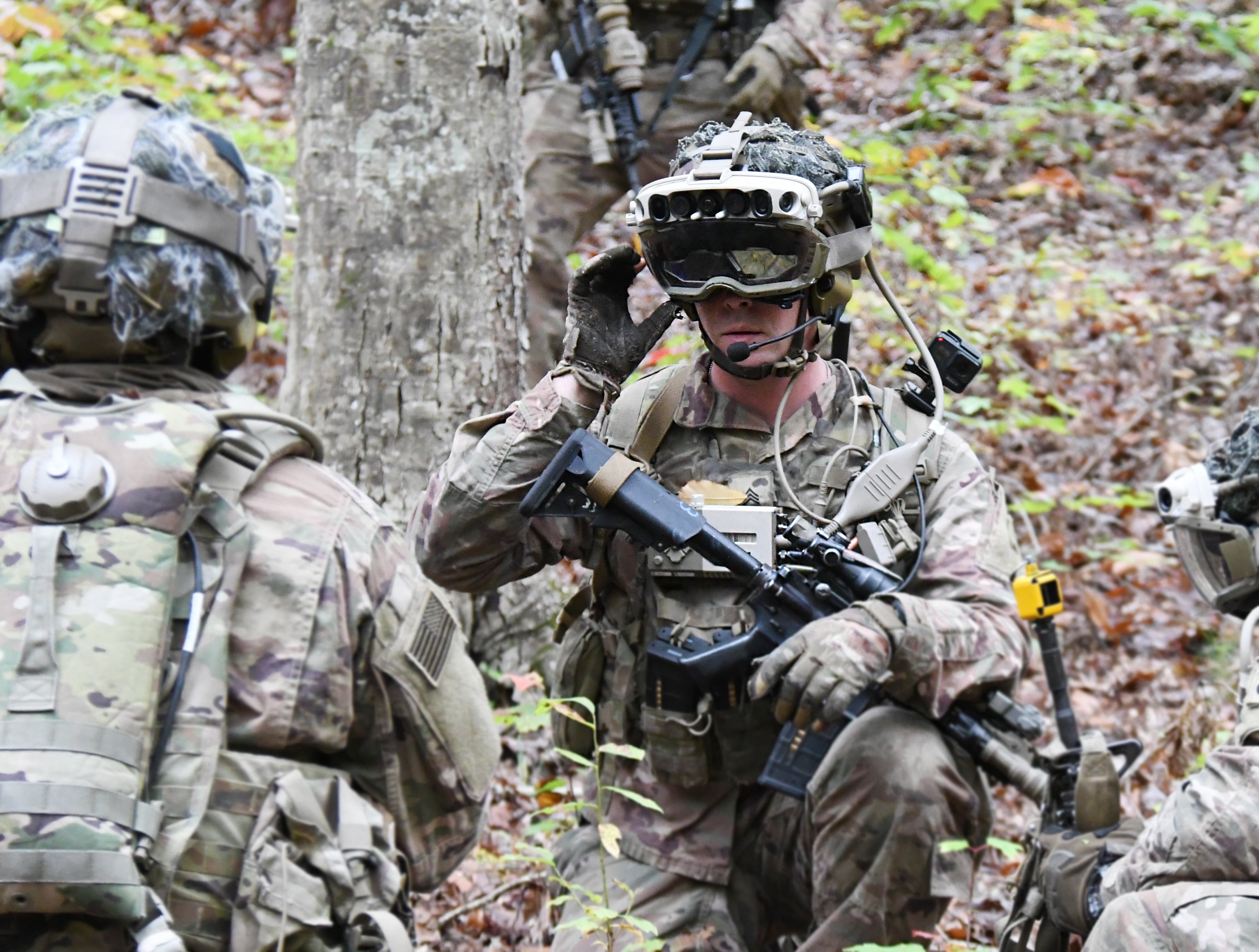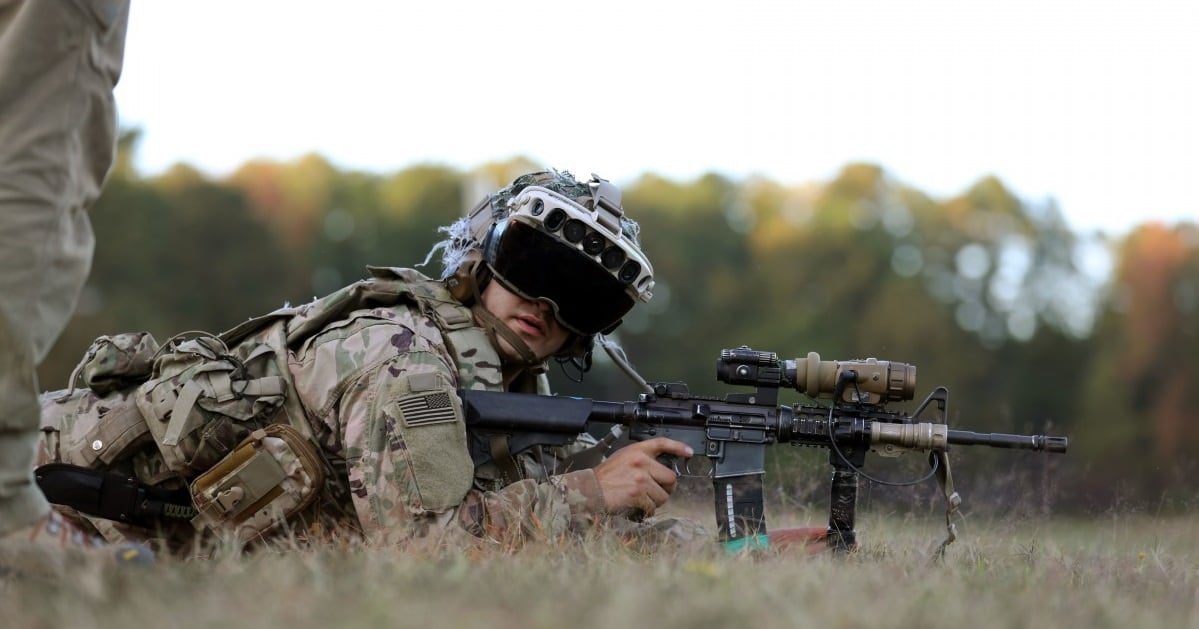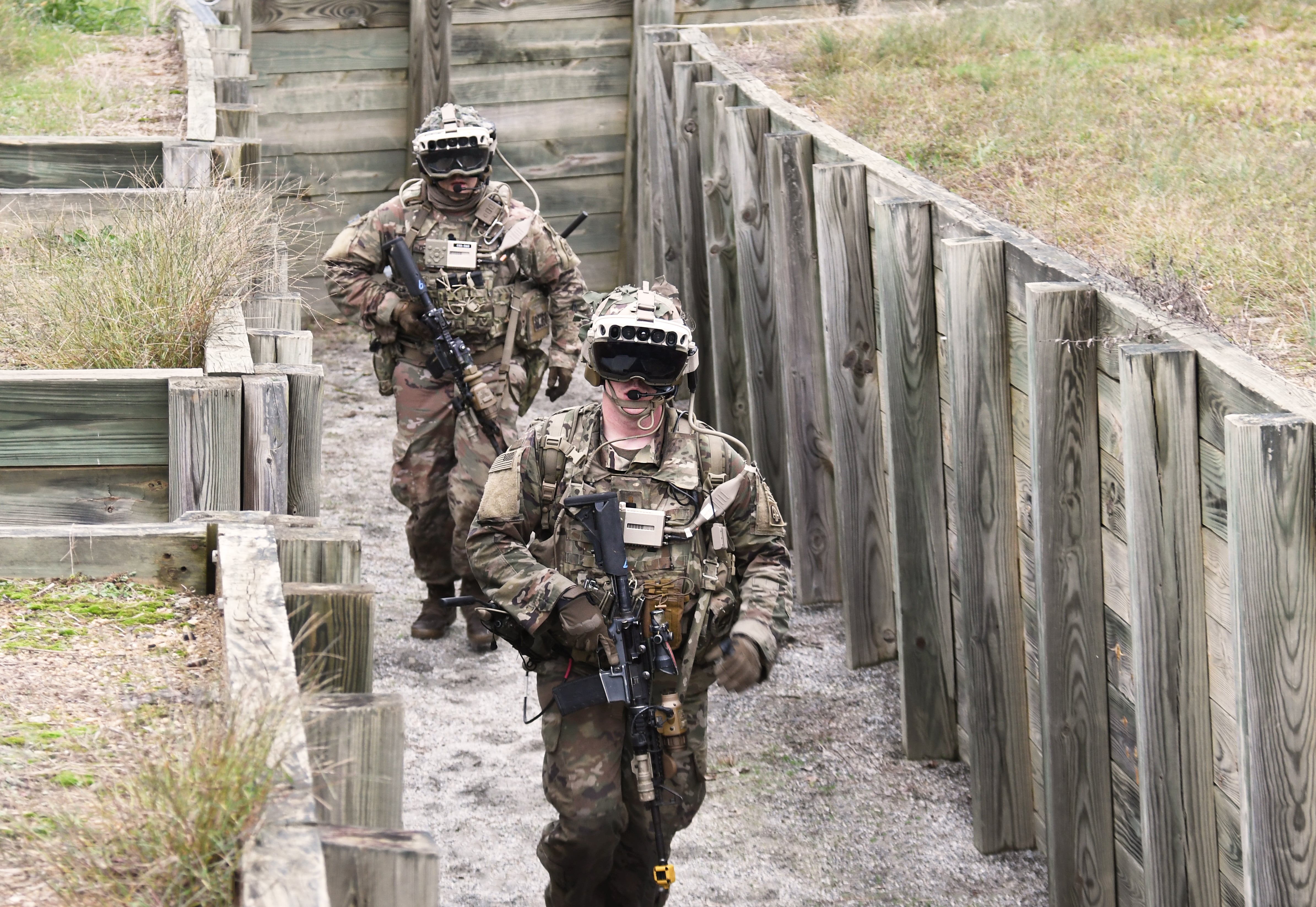Congress has cut funding by at least 20 percent for the Army’s new do-it-all night vision and augmented reality goggles that would give infantry soldiers a combat view comparable to fighter pilots.
The coming year’s budget request had included $1.1 billion in funding to buy the Integrated Visual Augmentation System, or IVAS goggles for infantry and associated soldiers such as combat engineers, scouts and special operations forces.
Though the Senate approved that amount in its version of the defense authorization bill, the House cut $230 million of the $1.1 billion request. The final reconciled bill, approved by the House and awaiting Senate passage, includes the funding cut.
Congress also wants a report from the Army by Aug. 15, 2021, that will include the acquisition strategy, with associated unit costs and production schedule. Once the report is submitted, the Director of Operational Test and Evaluation will submit an evaluation of the equipment within 30 days.
RELATED

The Army initially planned to purchase 40,000 pairs of the goggles, starting next year.
In less than two years, developers have refined the design and software with Microsoft, using the company’s virtual reality goggle the HoloLens. In that time, they have conducted more than two dozen tests with more than 1,000 participants.
Soldiers and Marines recently conducted the first test of a ruggedized version of the goggle at Fort Pickett, Virginia, in late October. That test included soldier feedback and a night, dismounted attack on a mock enemy trench.

Early field tests used squad, platoon and most recently, company-sized formations.
Users also had micro-drones that linked with the goggle for better reconnaissance of the battlespace. The goggle provides thermal vision and connects to the user’s weapons sight for more accurate engagement. The weapon sight device and software, known as Rapid Target Acquisition, also saw a cut of $23.5 million from the Family Weapons Sight program.
The program is focusing on both individual weapons such as the M4 carbine now in use, and likely the Next Generation Squad Weapon, currently under development, as well as a crew-served weapons variant.
The goggle also aids in navigation, wayfinding and mission planning. Researchers are developing facial recognition software and language translation for text images to add to the goggle.
Todd South has written about crime, courts, government and the military for multiple publications since 2004 and was named a 2014 Pulitzer finalist for a co-written project on witness intimidation. Todd is a Marine veteran of the Iraq War.




